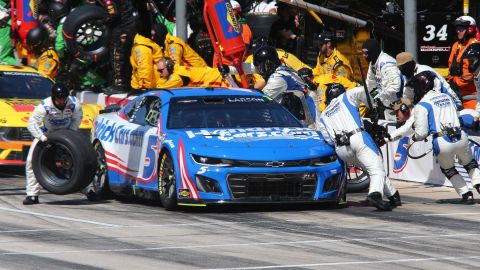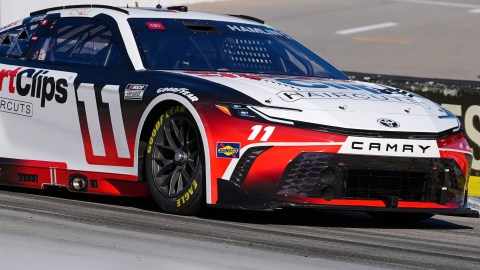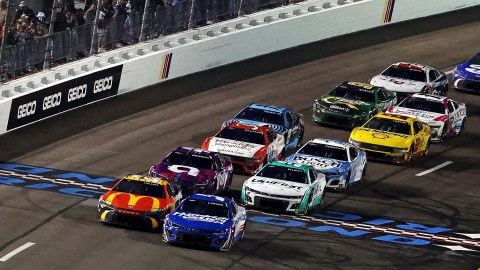In both the IMSA WeatherTech SportsCar Championship and FIA World Endurance Championship, every automakers’ primary goal is to win the manufacturer title. A close second, though, is winning the 24 Hours of Le Mans.
Le Mans is considered the ultimate endurance race, as it’s very different from every other event in the world. That’s why teams from both the American and the international sports car series make the trip to France every year to compete.
These are the top-three reasons why the 24 Hours of Le Mans is the one race every manufacturer wants to win:
Track

Photo via FIA World Endurance Championship
Although the start-finish straight at Circuit de la Sarthe is part of a purpose-built race track, racers turn off onto public roads just a few corners into the lap. The rough city streets not only make it hard for drivers to stay on the racing line, they also create harsh vibrations that really test a car’s reliability.
Circuit de la Sarthe also is known for the long, 3.7-mile Mulsanne Straight, which was broken up by two chicanes prior to the 1990 race to slow cars down. Despite that, prototypes still reach speeds well over 200 mph on the back straight, though clean exits from the chicanes are crucial to maximizing top speed.
History

Photo via Ford
With the exceptions of the Monaco Grand Prix and the Indianapolis 500 — which comprise the other two legs of the triple crown — no other motorsport event has as rich of a history as the 24 Hours of Le Mans. The streets of Le Mans served as the battleground in the legendary feud between Henry Ford II and Enzo Ferrari, and the location of Ford’s subsequent 1-2-3 finish in 1966.
Not all of the race’s history is that uplifting, however. An accident at Circuit de la Sarthe — now referred to as the 1955 Le Mans disaster — in which 83 spectators and one driver were killed, ultimately led to Mercedes’ 34-year hiatus from racing. It’s worth noting that those two events are just examples, and there have been many more iconic moments in Le Mans’ past.
Technology

Photo via FIA World Endurance Championship
Although Formula One still considers itself to be the most advanced category of racing, it isn’t miles ahead. The fastest cars in IMSA and the WEC, Le Mans Prototype 1 (LMP1) racers, also use hybrid powertrains, though they produce roughly 1,000 horsepower compared to F1 power units’ roughly 900 horsepower outputs. Plus, both LMP1 and LMP2 cars produce high levels of downforce and low levels of drag, making them fast in a straight line and through the turns.
However, because teams have to worry about actually finishing at Le Mans, before they can worry about finishing first, they can’t focus solely on making sure their car is the most powerful. As was the case last year with Toyota, a team could have the fastest car for the first 23 hours of the event only to have a minor mechanical component fail and cost it the race.
Thumbnail photo via FIA World Endurance Championship



